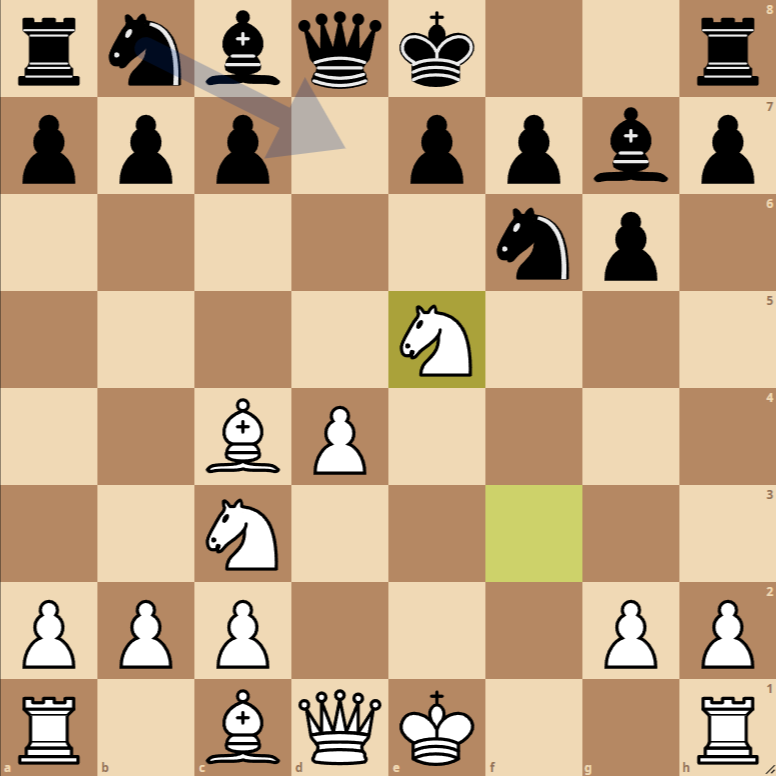How to Play the Blackmar-Diemer Gambit Accepted Bogoljubow Defense Nimzowitsch Attack
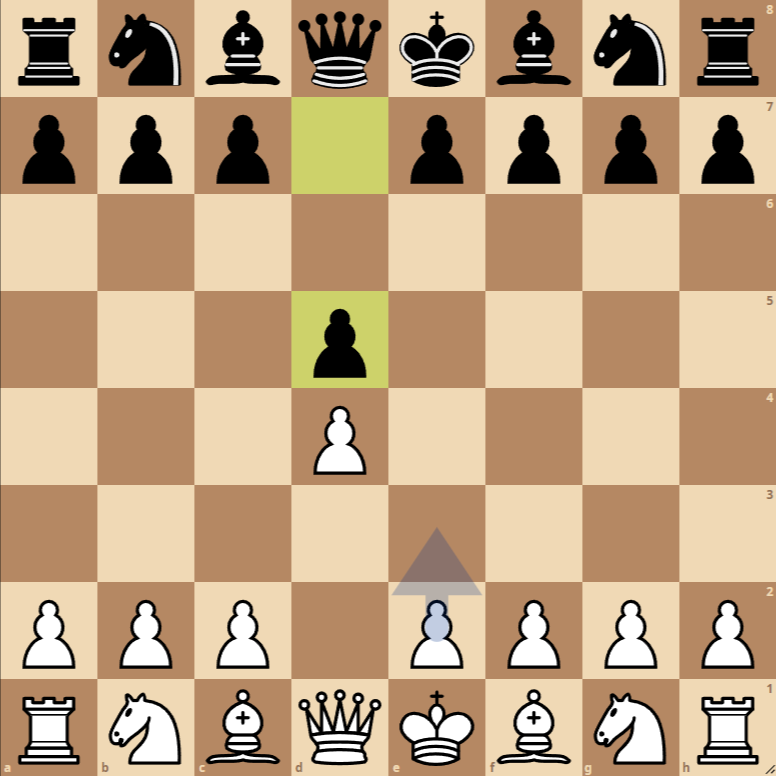
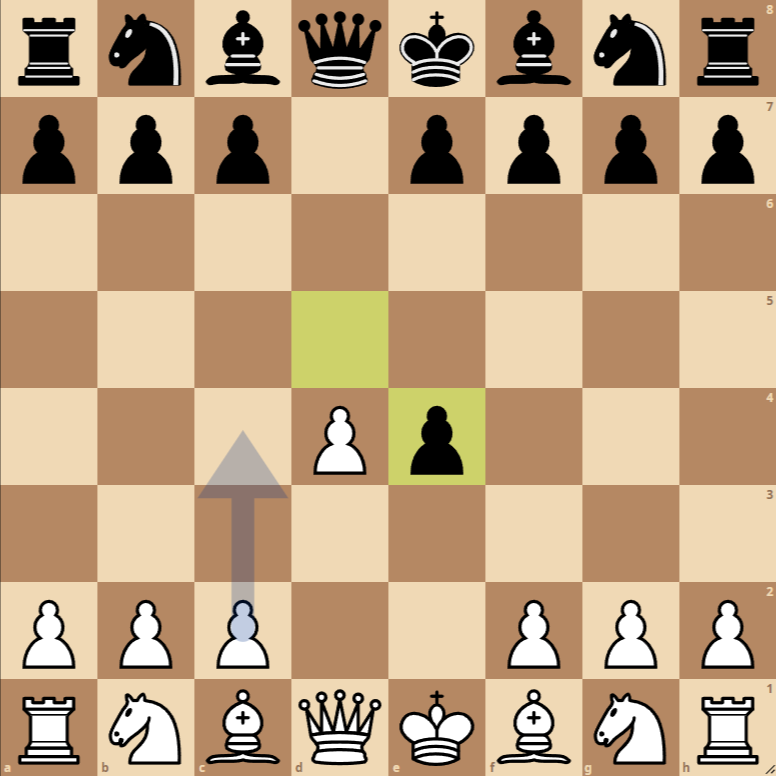
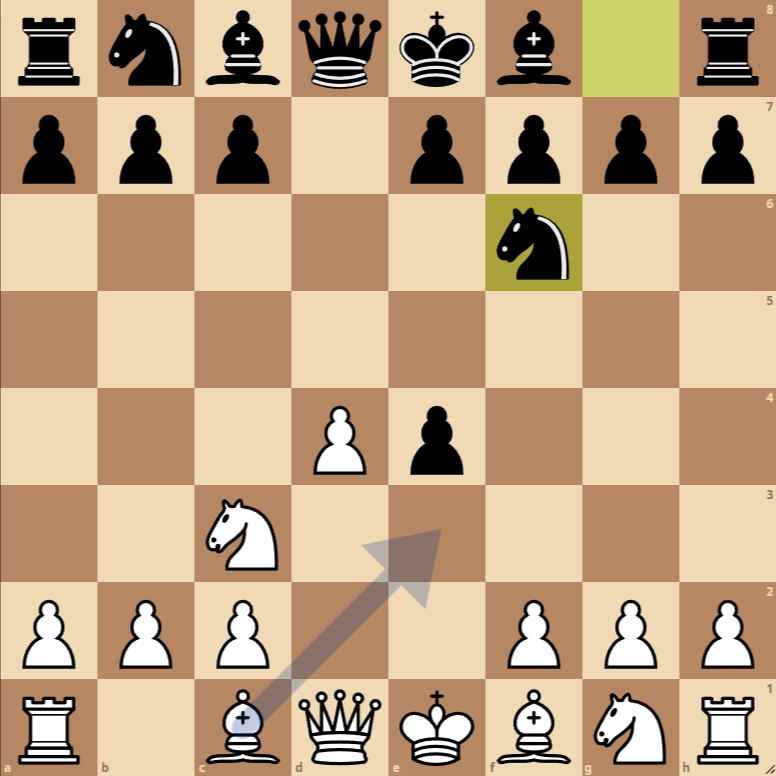
- 1. d4 d5: Both White and Black occupy the center with their pawns.
- 2. e4 dxe4: White offers a pawn to divert the Black pawn and open lines for their pieces. Black accepts the gambit.
- 3. Nc3 Nf6: Development of knights on both sides, targeting the center.
- 4. f3 exf3: White aims to recapture the sacrificed pawn and open the diagonal for the bishop. Black captures the f3 pawn.
- 5. Nxf3 g6: White recovers the pawn with the knight, while Black prepares the fianchetto of their king’s bishop.
- 6. Bc4 Bg7: White develops their bishop to an aggressive square, targeting the Black king’s side. Black completes the fianchetto.
- 7. Ne5: White centralizes their play on the advanced knight, which is well-supported and exerts pressure in the center and king’s flank.
Variations of the Blackmar-Diemer Gambit Accepted Bogoljubow Defense Nimzowitsch Attack
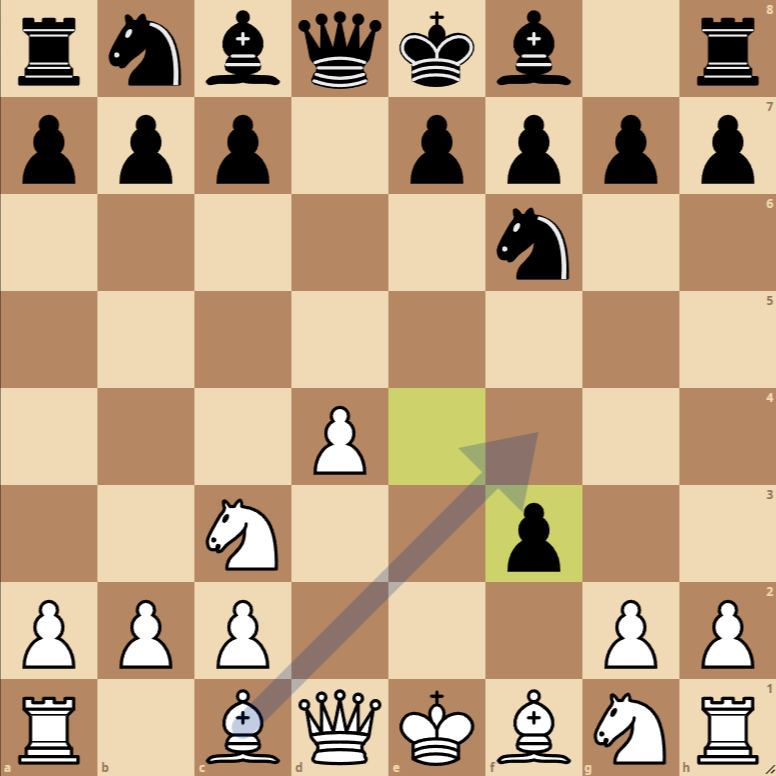
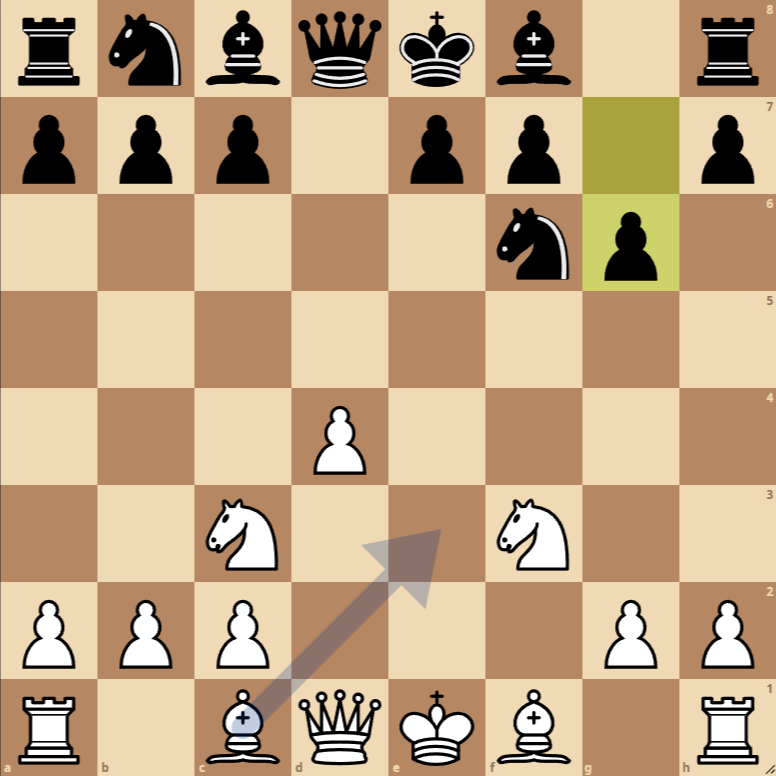
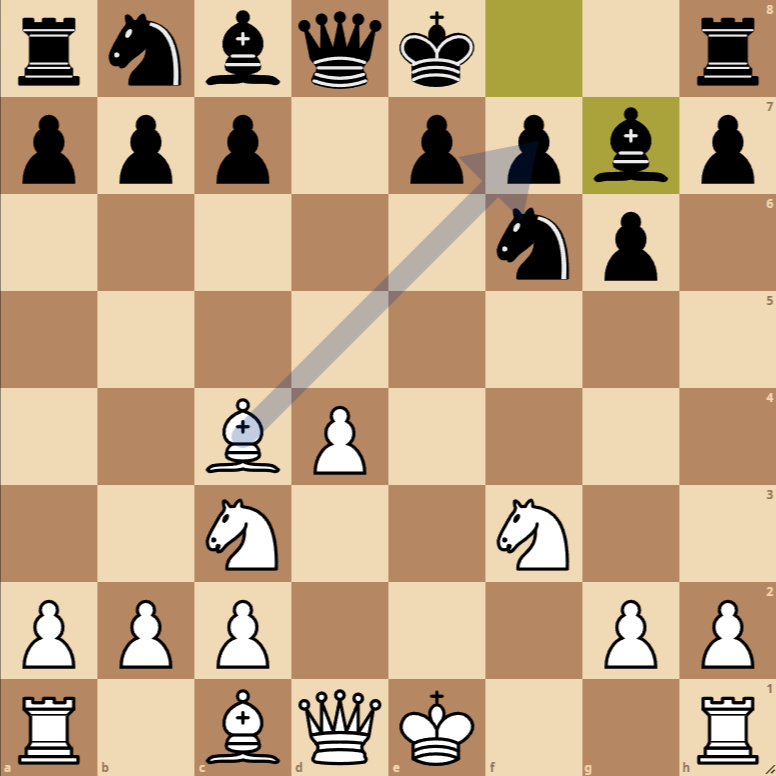
Variation 1: 2…e6
Instead of accepting the gambit with 2…dxe4, Black can play 2…e6, aiming to strengthen their center without opening lines for White.
Variation 2: 3…e5
After 3. Nc3, Black can try to counterattack in the center immediately with 3…e5, challenging White’s central structure.
Variation 3: 4…Be6
Following 4. f3, instead of capturing on f3 with 4…exf3, Black can develop their bishop to e6, protecting the e4 pawn and seeking a more positional game.

